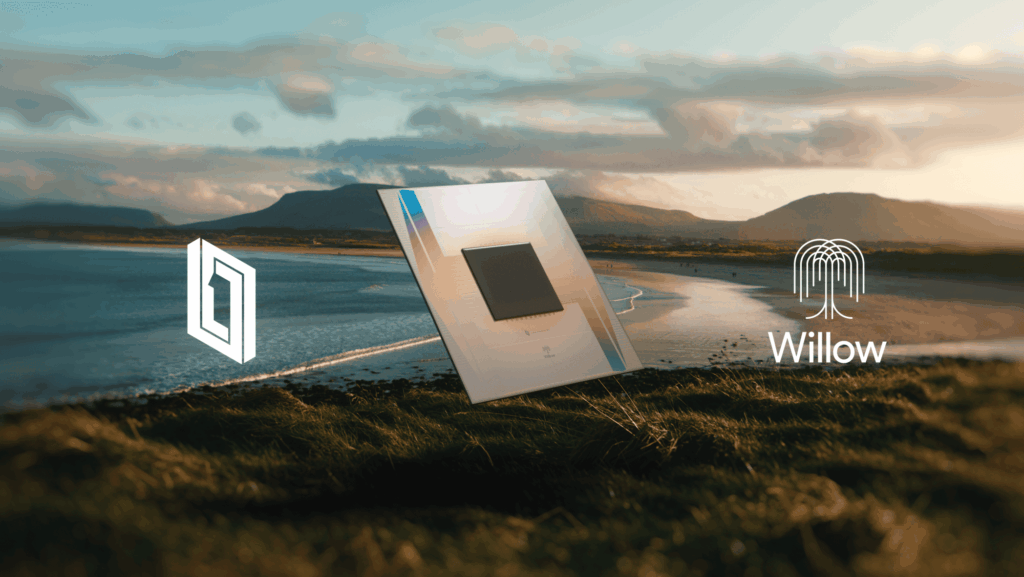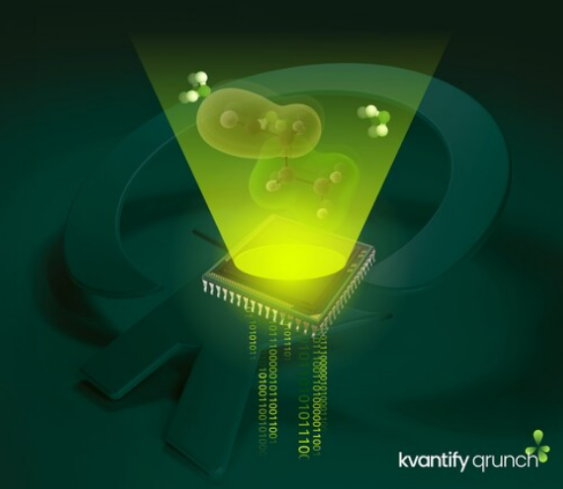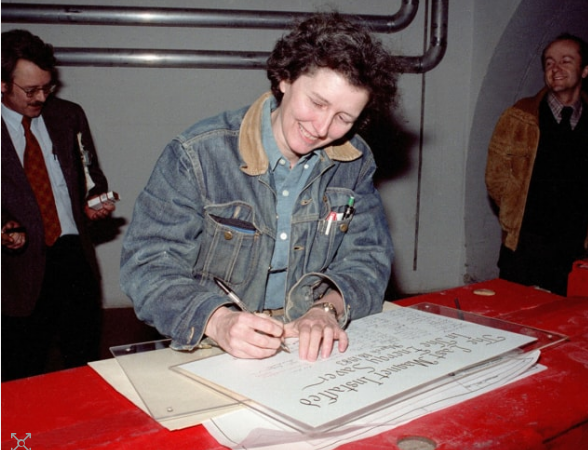The Airbus and BMW Group have launched an ambitious initiative aimed at addressing a critical challenge in their industries: the degradation of surfaces in vehicles and aircraft. This issue extends beyond aesthetics; it impacts operational efficiency, maintenance costs, and environmental sustainability. The Quantum Challenge seeks to leverage cutting-edge quantum computing techniques to develop “smart coatings” that can autonomously protect and repair surfaces, thereby extending the lifespan of materials and reducing environmental impact.
Smart coatings are an innovative solution to the problem of surface degradation. These materials contain embedded inhibitors that form a protective layer when damage occurs, preventing further deterioration of the underlying aluminum. The challenge focuses on using quantum mechanics to model how these inhibitors interact with aluminum surfaces, a task that could revolutionize material science in the automotive and aerospace industries.
In this series, we delve into the solutions proposed by these pioneers, finalists in the Airbus-BMW Group Quantum Computing Challenge. We’ve asked them to share their unique approaches, the challenges they faced, and the impact their solutions could have on the future of mobility. Join us as we explore the cutting-edge world of these solutions and meet the innovators who are pushing the boundaries of what’s possible in using quantum computers to solve some of mobility’s biggest challenges.
InhibitQ: Quantum Computing for Sustainable Mobility

The inhibitQ team, consisting of Hazem Abdelhafiz, Karim Elgammal, and Marc Maußner, entered the Quantum Challenge with a shared passion for applying quantum computing to solve real-world industrial challenges. Their focus on corrosion inhibition in the automotive and aviation sectors align perfectly with their expertise in atomistic simulations and evolving knowledge in quantum technology.
“We formed the inhibitQ team for the purpose of investigating the capabilities of hybrid quantum-classical computing in solving an important industrial challenge of corrosion inhibition that has a direct impact on sustainability,” says inhibitQ members. “The challenge presented by Airbus and BMW resonated with us because it allowed us to leverage our interdisciplinary skills to develop a solution capable of addressing various aspects of the topic and providing promising outcomes that could benefit further research at the intersection of mobility and quantum computing sectors. We look forward to having a solution that provides a practical workflow towards solving the corrosion inhibition problem.”
“The team chose to tackle the problem of corrosion inhibition because it combines their passions for quantum computing, computational solid-state physics and materials science while addressing a critical environmental challenge”. inhibitQ members elaborates, “The problem of corrosion is pervasive and affects a wide range of industries. Atomistic simulations here can predict the behavior of sustainable screened inhibitors that has the potential to replace the current inhibitors used widely in the mobility sections. Quantum computing algorithms provide a promise of allowing accurate atomistic simulations to run in a hybrid fashion where part of the simulation is taken care by the classical hardware and part on the quantum hardware” The inhibitQ team added. The inhibitQ team employed a Variational Quantum Eigensolver (VQE) algorithm in conjunction with classical ab-initio techniques to model the interaction between environmentally-friendly corrosion inhibitors and metallic surfaces. This approach could serve as a proof of concept for using quantum hardware at scale to solve similar material science challenges.
“Our goal is to create a solution that not only demonstrates the power of quantum computing but also has real-world applicability,” says the inhibitQ team. “We believe that the insights we gain from this project could be applied to a variety of other areas, from carbon capture to fuel cells and battery materials. It’s about finding smarter ways to understand and interact with materials, starting from the atomic scale. As Richard Feynman famously said, ‘There’s plenty of room at the bottom.’ We’re exploring that room to demonstrate proof of concept workflows in material science.”
The team is now focused on refining their workflow and exploring further industry collaborations with the challenge stakeholders to align their approach with practical needs. “We’re excited about the potential for future collaborations with the industry partners within the challenge,” adds inhibitQ team. “The Quantum Challenge has been an incredible opportunity to showcase what quantum computing can do for industry leaders usecase, and we’re eager to contribute with a clear research direction in tackling such problem.”
USC: Transforming Corrosion Resistance with Quantum Simulations
The USC team, composed of Naman Jain and Rosa Di Felice, chose the challenge of smart coatings for corrosion inhibition due to its practical significance and the transformative potential of quantum computing. Jain explains, “Corrosion is not just a maintenance issue; it’s a critical problem that affects the safety, efficiency, and longevity of vehicles and aircraft. In industries like automotive and aviation, the costs associated with corrosion are enormous, both in terms of economic losses and safety risks. Traditional methods for developing anti-corrosive coatings are often time-consuming and expensive. We saw this challenge as an opportunity to apply quantum computing to create more effective solutions that can be implemented faster and more efficiently.”
Jain continues, “Quantum computing offers a unique advantage in simulating molecular interactions with a level of precision that classical computers struggle to achieve. By accurately modeling these interactions, we can predict how different materials will behave in corrosive environments, leading to the development of coatings that are not only more durable but also more environmentally friendly. This challenge allowed us to bring together our backgrounds in computational chemistry, quantum computing, and surface science to address a problem that has significant real-world implications.”
USC’s approach involved quantum simulations to model the electronic structure of materials with high precision, a crucial step in understanding and predicting corrosion resistance. By using variational quantum algorithms and quantum embedding theories, the team was able to optimize the molecular configurations of potential coating materials, overcoming the challenges posed by the complexity of quantum simulations.
“Our work is about more than just developing a new coating; it’s about creating a framework for using quantum computing to solve complex industrial problems,” says Jain. “We believe that the methodologies we’re developing could be applied to a wide range of materials science challenges, from designing better batteries to improving the performance of energy storage systems. The potential impact on transportation is significant—by reducing maintenance costs and increasing the durability of vehicles and aircraft, we can contribute to more sustainable and efficient operations.”
The next steps for USC involve prototyping and testing their workflow, integrating quantum algorithms with classical systems, and exploring the scalability of their solution. “We’re focused on taking our solution from the theoretical to the practical,” Jain explains. “That means working closely with industry experts to ensure that our approach is not only scientifically sound but also viable for real-world applications. The ultimate goal is to translate our research into tangible improvements in the transportation industry.”
Missouri State: A Bold Vision for Quantum-Enhanced Surface Chemistry
The Missouri State team approached the Quantum Challenge with the ambition to tackle one of the most complex phenomena in materials science: corrosion. The team includes Ridwan Sakidja, Matthew & Patricia Harthcock CNAS Faculty Fellow, Professor and Materials Science Graduate Program Director; graduate students Matt Bruenning, Gaige Riggs, Anika Tabassum and Zoheb Sohel and a colleague in England, Andy Duff, a computational materials scientist.
“Corrosion is an incredibly complex process that involves a vast number of atoms and molecules interacting in ways that are difficult to predict,” the team explains. “In many ways, it’s the perfect problem for quantum computing to address because of the sheer scale and complexity of the calculations involved. Traditional methods, even those using classical computers, often fall short because they can’t handle the N^4 scaling of quantum chemistry problems. Quantum computers, with their potentially linear to quadratic scaling, offer a new way to approach these challenges, but we’re still limited by the current state of the hardware.”
To address this, the Missouri State team focused on optimizing quantum mechanical calculations with a carefully constructed Hamiltonian that balances computational efficiency and precision. “One of the biggest challenges we faced was constructing an efficient Hamiltonian that would allow us to perform accurate quantum mechanics calculations without overwhelming the limited qubit resources available on today’s quantum computers,” the team notes. “We needed to find a way to create shallow circuits that could still maintain the fidelity and accuracy required for these types of calculations. It was a delicate balance, but we were able to leverage our expertise in both quantum physics and quantum chemistry to develop an approach that we believe has significant potential.”
The team believes that their approach could be applied to various corrosion mitigation issues, not just for aluminum but also for other metals and alloys, such as those used in high-temperature environments like turbine engines. “Our work has the potential to significantly impact the performance and longevity of critical components in the automotive and aviation industries,” the team states. “By improving our understanding of how these materials interact with their environments at the atomic level, we can develop better coatings that extend the life of these components, reducing maintenance costs and improving safety.”
Moving forward, the Missouri State team is working on further developing their strategy, with a focus on scalability and robustness. “We’re collaborating with industry and academic partners to refine our approach and ensure that it can be applied to real-world problems,” the team adds. “The Quantum Challenge has provided us with a platform to push the boundaries of what’s possible with quantum computing, and we’re excited to see where this research takes us.”
The Future of Quantum Smart Coatings
The work of inhibitQ, USC, and Missouri State represents the cutting-edge of quantum computing applied to solve materials science use case. Their efforts in the Quantum Challenge highlight the potential of quantum technologies to advance the development of smart coatings, leading to more sustainable and efficient solutions in the automotive and aerospace industries. As these teams continue to push the boundaries of what’s possible, the future of quantum-enhanced workflows used in material discovery for smart coatings looks promising, with an eye on material sustainability.

















